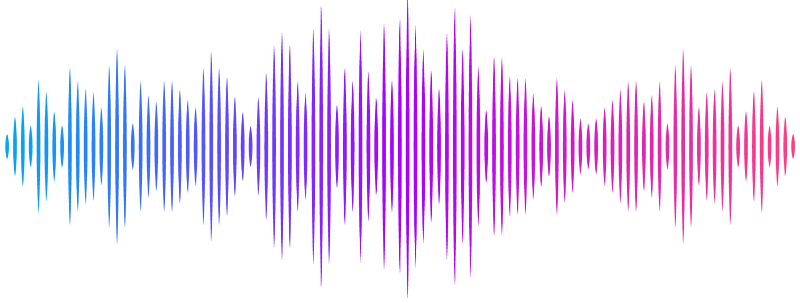Adaptation of pain-related projection neurons in acute but not chronic pain

Adaptation of pain-related projection neurons in acute but not chronic pain
Title, B.; Velasco, E.; Engelmayer, N. M.; Rayi, P. R.; Yanai, R.; Hart, S.; Katz, B.; Lev, S.; Yarom, Y.; Binshtok, A. M.
AbstractPain hypersensitivity is associated with increased activity of peripheral and central neurons along the pain neuroaxis. On the other hand, in other neuronal systems, increased activity leads to adaptive reduction of neuronal excitability to maintain homeostasis. Projection neurons (PNs) of spinal and medullary dorsal horns summate the activity of primary nociceptive and local central interneurons and convey it to higher centers. We show that at the peak of acute inflammatory pain, PNs reduce their intrinsic excitability and, consequently, action potential firing. When pain resolves, the excitability of PNs returns to baseline. Using electrophysiological and computational approaches, we found that an increase in potassium A-current (IA) underlies the decrease in the excitability of PNs in acute pain conditions. We hypothesized that an IA-induced decrease in PNs firing may restrain the output from the dorsal horn to prevent sensitization and pain chronification. Indeed, no changes of IA in PNs were observed in chronic pain conditions, and PNs exhibit increased intrinsic excitability and firing. Our results reveal an adaptive mechanism in acute pain conditions for regulating the output from the dorsal horn network, which, if interrupted, could trigger pain chronification.
